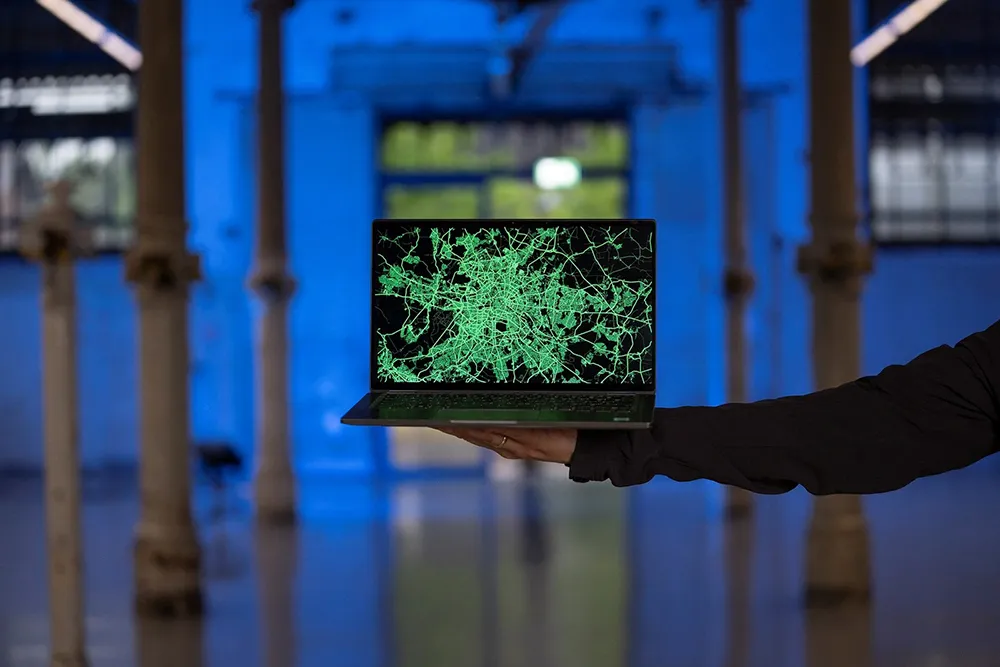Additionally, the device is said to offer polarisation for both area and line scan (Piranha(TM)4 polarization) cameras. Polarisation enables detectability of stress, birefringence, through-reflection and glare from surfaces like glass, plastic and metal.
Sony's image sensor, with its pixel-level polariser structure, intends to enable the detection of the amount and angle of polarised light across a scene. Four angled polarisers (90°, 45°, 135° and 0°) are positioned on each pixel, with every block of four pixels comprising a calculation unit.
Teledyne Dalsa's cameras feature Sony polarised image sensor
Teledyne Dalsa has launched its Genie Nano-M2450-Polarised camera built around Sony's Pregius 5.1M polarised image sensor. The model features a monochrome quad polarisation filter, resolution of 2448 x 2048 pixels and aims to deliver an image capture of 35 frames-per-second. The product also utilises the company's TurboDrive technology with the intention of increasing frame rates by up to 50%. Additionally, the device is said to offer polarisation for both area and line scan (Piranha(TM)4 polarization)
April 16, 2018
Read time: 1 min










